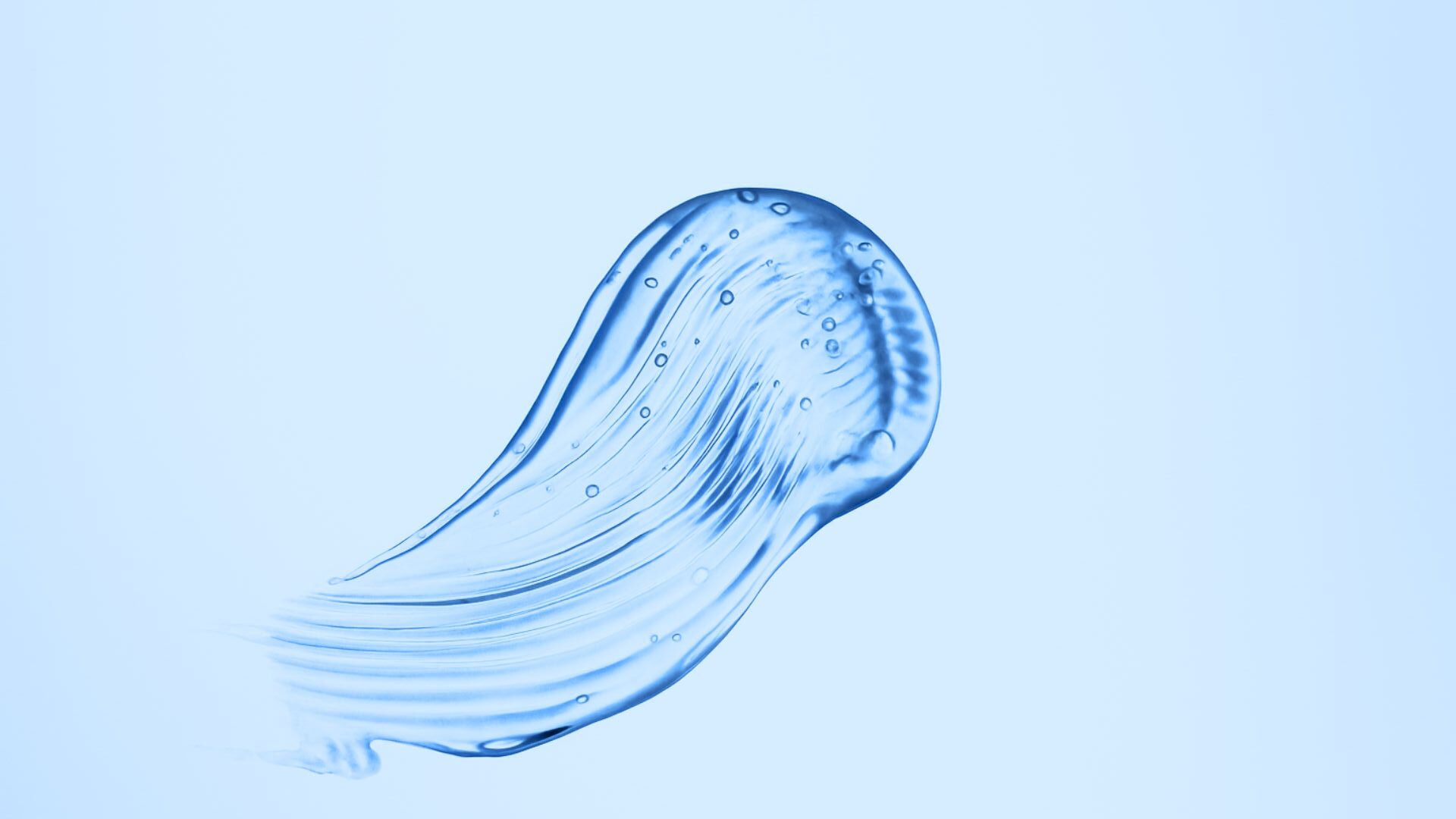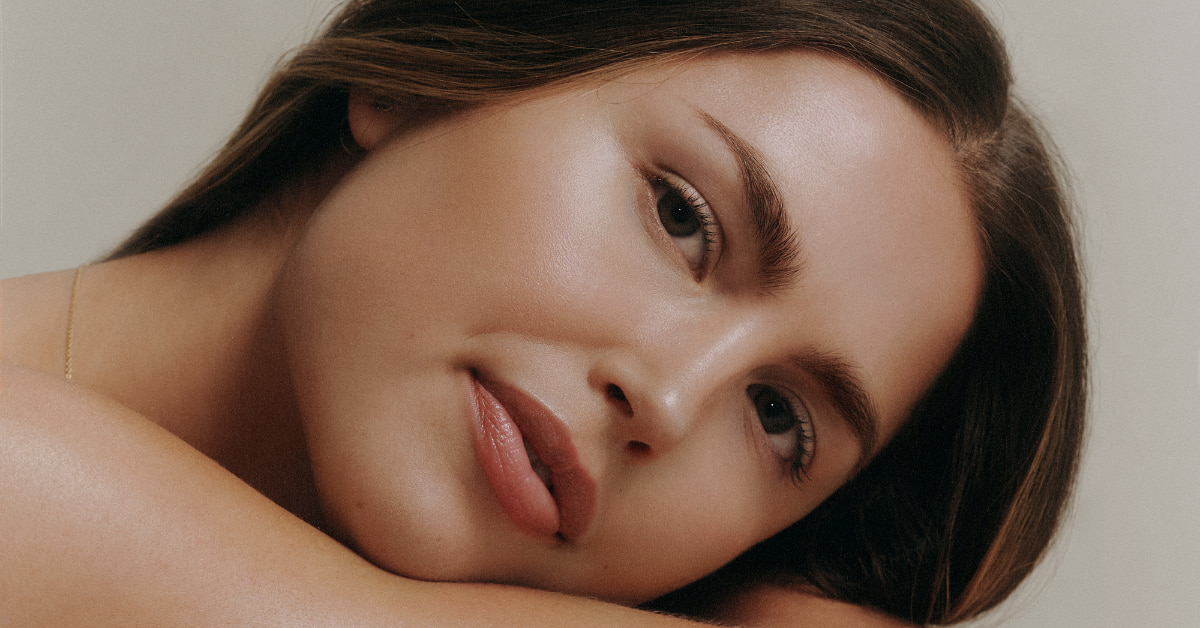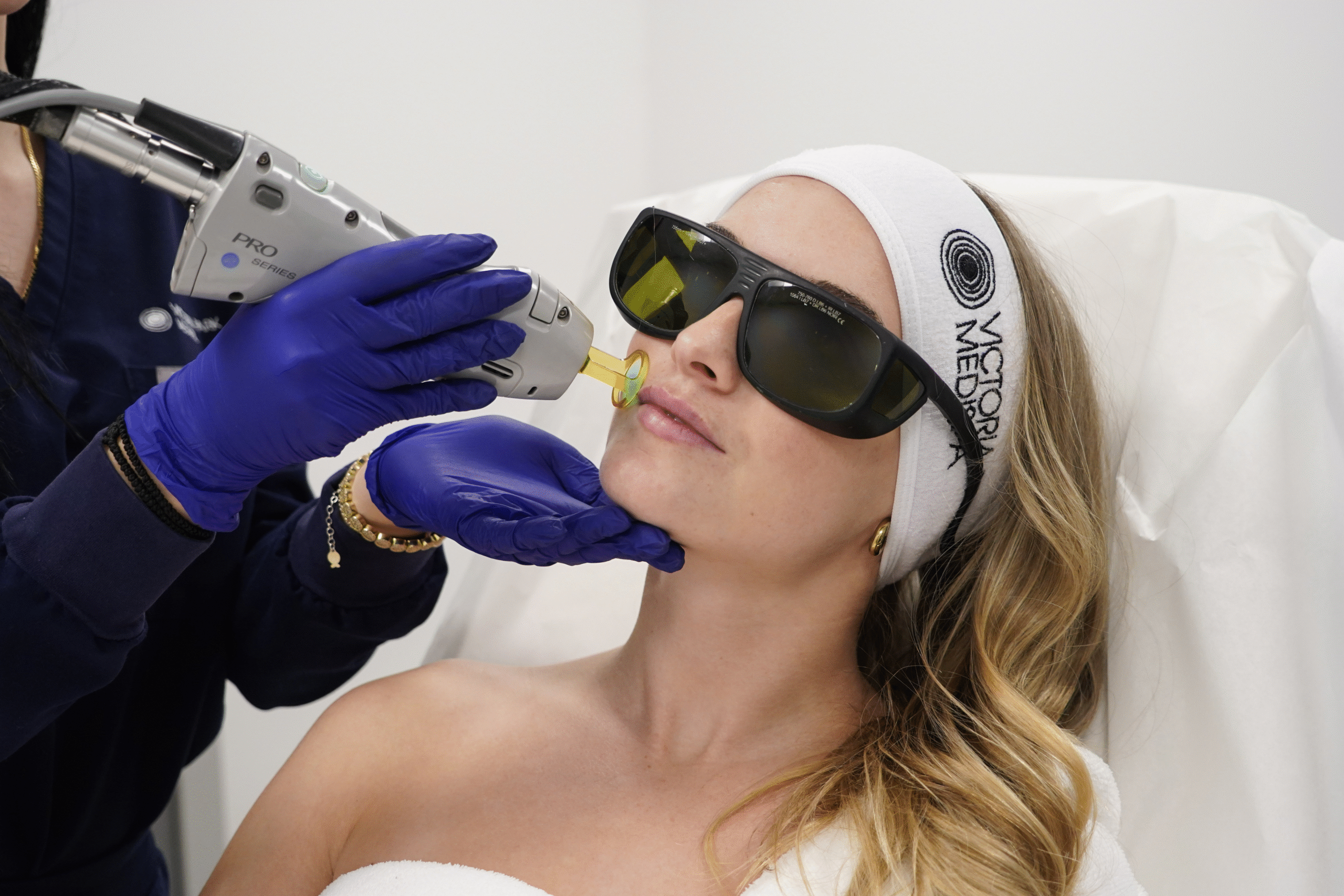We all have moments when our skin tells a story we wish it didn’t. Freckles and sun spots from summers past, redness that lingers long after irritation fades, or uneven tone that makes skin look duller than it feels. These changes are common, but they can leave people feeling less confident than they’d like.
One treatment that has helped thousands of patients restore clarity and radiance is the IPL photofacial. Short for intense pulsed light, IPL has been studied for decades and is now one of the most widely trusted technologies for rejuvenating skin without downtime.
In this guide, we’ll walk you through what IPL is, how it works, the results you can expect, and what makes it different from similar treatments like BBL.
Table of Contents:
How Does Intense Pulsed Light Work?
What Results Can You Expect From IPL?
How Many IPL Treatments Are Needed?
What Is IPL Treatment?
An IPL treatment, often called a photofacial, is a non-invasive procedure that uses flashes of light to treat uneven pigmentation, redness, and signs of aging. While lasers use a single wavelength of light, IPL uses a range of wavelengths. That means it can address multiple concerns in the skin at once (Chung et al., 2012).
Because of this versatility, IPL is used for:
- Sun spots and freckles
- Redness from rosacea
- Visible blood vessels (sometimes called broken capillaries)
- Early fine lines and uneven texture
IPL is not about erasing every sign of age, it’s about restoring balance, helping skin look fresher and more even, and making patients feel more comfortable in their own skin.
How Does Intense Pulsed Light Work?
Step 1: Think of IPL as a Flash
IPL sends out quick flashes of light, kind of like a camera flash, but directed at your skin on purpose.
Step 2: The Light Targets Specific Things
The flashes of light are absorbed by three main things in your skin:
- Melanin: the brown pigment that causes dark spots and freckles.
- Hemoglobin: the red pigment in blood that makes tiny veins visible.
- Collagen-rich tissue: parts of your skin that make it firm and bouncy.
Step 3: Heating and Breaking Down
When the light hits these targets, they warm up and break down in a controlled way.
- Dark spots fade because melanin gets broken apart.
- Redness softens because hemoglobin is treated.
- Collagen reacts to the gentle heat by making new collagen.
Step 4: Your Body Cleans It Up
Your body’s natural healing system clears away the broken-down pigments and cells. Over time, the fresh collagen tightens and smooths the skin.
Step 5: The Results
This process explains why IPL can make such a visible difference: fading dark spots, softening redness, and creating smoother skin all at once (Chung et al., 2012).
IPL Photofacial Benefits
IPL Photofacials do more than brighten your skin. This light-based treatment not only reduces pigmentation and redness, it also encourages your skin to renew itself for lasting results.
Backed by Research
- A large study of more than 2,500 patients showed visible improvement in sun damage and signs of aging after IPL treatments, with results lasting for years (Chen et al., 2016).
- Another study focusing on rosacea patients found that redness and visible vessels improved significantly after a series of IPL treatments, especially in younger patients (Lim et al., 2014).
What You Can Expect
- A more even skin tone
- Less redness and flushing
- A healthy, natural glow without relying on heavy makeup
- A boost of confidence in everyday life
What Results Can You Expect From IPL?
With IPL, results appear gradually and look completely natural. In the first few days, dark spots may darken before gently flaking away. Redness typically settles within a week, and by two to four weeks most people notice a clearer, brighter complexion.
Clinical research shows these results are not just immediate but long-lasting. In a large study, patients maintained improvement in sun damage and skin texture for years after treatment (Chen et al., 2016).
This lasting change is one reason IPL remains a trusted choice. It’s not just a quick refresh, it’s an investment in healthier, younger-looking skin.
How Many IPL Treatments Are Needed?
One treatment can make a noticeable difference, but IPL works best as a series. Most patients need three to five sessions, spaced about a month apart. This allows time for the skin to renew between treatments.
For rosacea, researchers found that four sessions at three-week intervals produced significant reductions in redness and flushing (Lim et al., 2014). After the initial series, a maintenance session once or twice a year helps preserve results, especially if you spend time outdoors.
Who Is IPL For?
IPL is a versatile treatment, but it’s not for everyone.
It works best for people with:
- Fair to medium skin tones
- Sun damage, freckles, or pigmentation issues
- Redness from rosacea or visible blood vessels
- Mild texture changes or early fine lines
People with very dark skin tones, recent tanning, or certain medical conditions may not be suitable candidates. That’s why a consultation is essential, so the treatment can be tailored safely and effectively to your skin.
IPL vs BBL: What’s the Difference?
IPL (Intense Pulsed Light) and BBL (BroadBand Light) are closely related treatments. Both use broad-spectrum light to target pigmentation, redness, and visible vessels.
- IPL: A proven technology with decades of research. It’s effective for reducing sun damage, pigmentation, and redness, and remains a trusted choice worldwide.
- BBL: A newer, more advanced evolution of IPL. It offers enhanced filters and customizable settings, allowing for greater precision and in some cases longer-lasting results (Bitter, 2020).
While some of our clinics continue to offer IPL technology, as it remains the recommended solution for certain skin concerns, most now feature BBL, the latest generation of pulsed light. As a network, we are dedicated to offering our patients the most advanced technology available, ensuring personalized treatments and beautiful, consistent results across all our locations.
For patients, the treatment experience feels the same, quick flashes of light, minimal discomfort, and little downtime. The main difference is in the technology behind the scenes, which your provider will recommend based on your skin type and goals.
Want to learn more? See our full guide on BroadBand Light (BBL) for a deeper look at how this advanced technology works.
Safety and Comfort
Most patients describe IPL as feeling like a quick snap of a rubber band against the skin. Built-in cooling makes treatments more comfortable. Side effects are usually mild and short-lived: redness for a few hours, darkening of spots before they fade, or slight sensitivity.
In clinical studies, side effects were rare and temporary. Even in large patient groups, IPL was consistently described as safe when performed by experienced providers (Chen et al., 2016; Lim et al., 2014).
Conclusion
The IPL photofacial is one of the most versatile and effective ways to refresh skin without surgery or downtime. By targeting sun spots, redness, and collagen all at once, it restores balance and clarity in a way that feels natural.
At Victoria Park Medispa, we see the transformation IPL brings not only to skin, but to confidence. It’s not just about looking younger, it’s about feeling like yourself again, without the distractions of redness or uneven tone.
If you’re ready to take the next step, our team at Victoria Park is here to guide you. Book your free consultation today and discover how IPL/BBL treatments can help you achieve your healthiest, most radiant skin yet.
Book a consultation today and start your journey with Canada’s #1 Medispa.
Own your extraordinary.
Recent
articles
References
- Bitter, P. H. Jr. (2020). BroadBand Light and skin rejuvenation. Facial Plastic Surgery Clinics of North America, 28(1), 29–36. https://doi.org/10.1016/j.fsc.2019.09.014
- Chen, P., Du, X., Li, Y., Deng, L., Liu, B., Lin, S., & Gold, M. H. (2016). A retrospective study on the clinical efficacy of the intense pulsed light source for photodamage and skin rejuvenation. Journal of Cosmetic and Laser Therapy, 18(4), 217–224. https://doi.org/10.3109/14764172.2015.1114649
- Chung, H., Dai, T., Sharma, S. K., Huang, Y. Y., Carroll, J. D., & Hamblin, M. R. (2012). The nuts and bolts of low-level laser (light) therapy. Annals of Biomedical Engineering, 40(2), 516–533. https://doi.org/10.1007/s10439-011-0454-7
- Lim, H. S., Lee, S. C., Won, Y. H., & Lee, J. B. (2014). The efficacy of intense pulsed light for treating erythematotelangiectatic rosacea is related to severity and age. Annals of Dermatology, 26(4), 491–495. https://doi.org/10.5021/ad.2014.26.4.491


